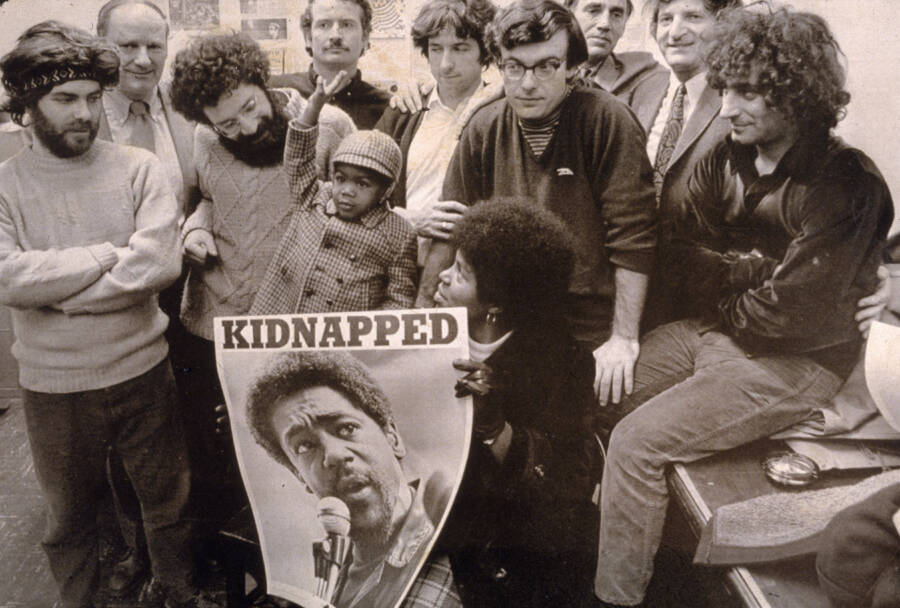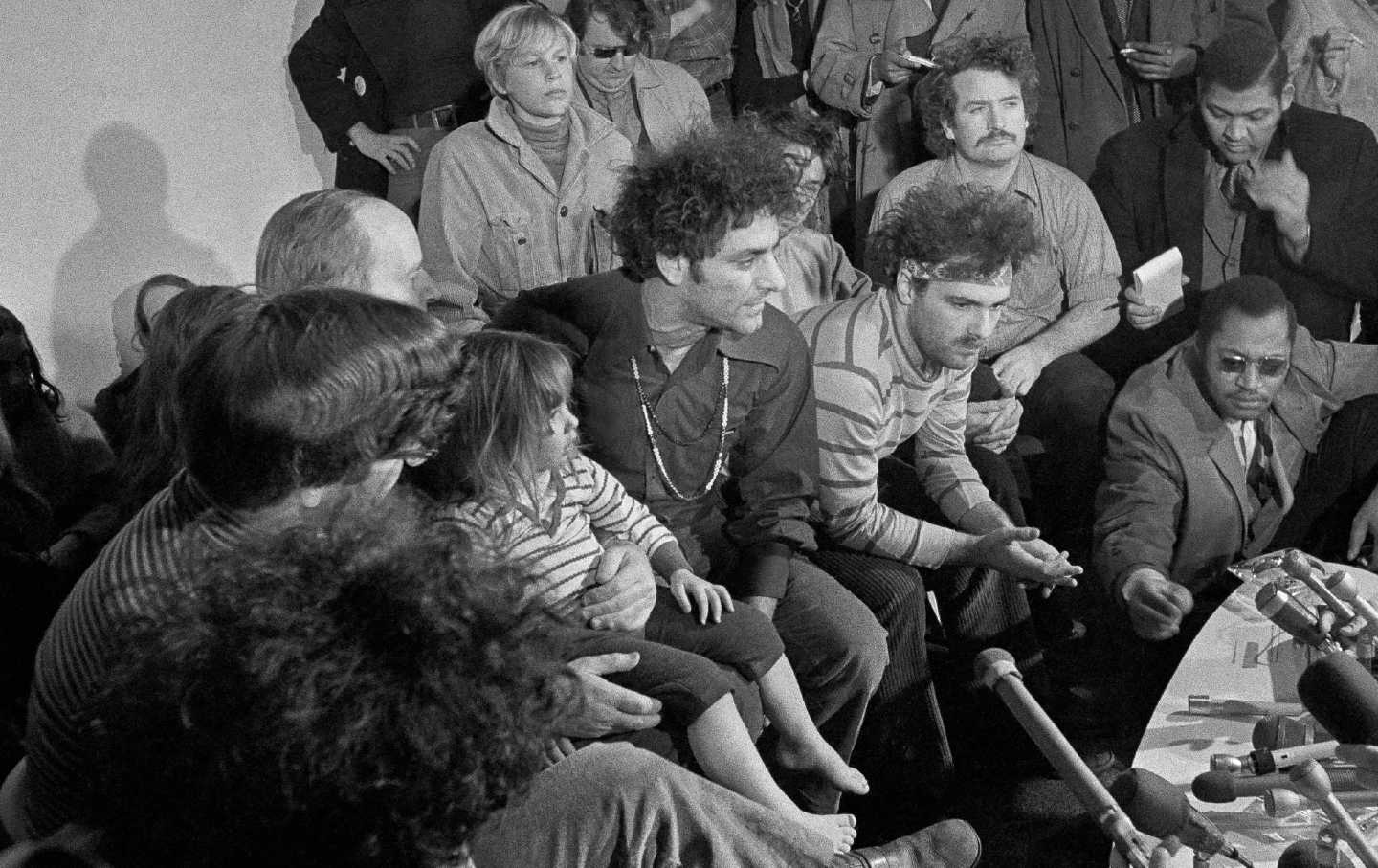

Chief defense attorney William Kunstler repeatedly insisted to the judge he was withdrawing as Seale's attorney. That said, Schultz argued there is a back story that has never been told. "He's bound and gagged for two days," Schultz recalled, shaking his head. What followed was an episode which many observers have called a low point in federal jurisprudence in Chicago. "And many of them morphed right into the well of the courtroom, right in front of the jury and the judge, people slugging it out, kicking and rolling on the ground-it was wild!"Ī low point came as defendant Bobby Seale loudly protested his treatment, demanding a new lawyer. "It would explode in a mini riot!" he said. The former prosecutor said the melees frequently began with spectators who loudly, and often profanely protested the proceedings. "I would stand back and watch that-in the courtroom!" "Remember the old western movies, where everyone would just be punching everyone else out and throwing them over the bar?" Schultz asked. Suburban Mom With ALS Aims to Raise Awareness For Other Younger Patients But that paled in comparison with what was transpiring inside. From the beginning of the trial, the streets in front of the Dirksen Federal Building were often filled with protesters and police. The eight defendants, Abbie Hoffman, David Dellinger, Rennie Davis, Tom Hayden, Jerry Rubin, Bobby Seale, John Froines, and Lee Weiner, faced a variety of charges chief among them, conspiracy and inciting to riot. "They were encouraging, to say the least, violence during the trial."
#Chicago seven trial
"A week before the trial started, they announced they were going to bring to the trial, the riots they brought to the convention," he said. Attorney Thomas Foran headed up the team which prosecuted the alleged instigators of the mayhem, known before the trial as the "Chicago 8."

Schultz has a unique perspective of those events. "The protesters were chanting, 'The whole world is watching, the whole world is watching,'" he said. "Demonstrators were being beaten on the heads, cops were being hit with boards with nails sticking out."Īnd echoing down Michigan Avenue, came the chant which would become synonymous with the event. "It was violent, it was wild," he recalled. Attorney's office, he was at the corner of Michigan Avenue and Balbo, watching a riot stemming from the Democratic National Convention. The Trial of the Chicago 7 consists of the highlights from trial testimony with a brief epilogue describing what later happened to the principal figures.Richard Schultz remembers exactly where he was on the evening of Aug. The convictions that resulted were subsequently overturned on appeal, but the trial remained a political and cultural touchstone, a mirror of the deep divisions in the country. The trial became a circus, all the while receiving intense media coverage. The defendants constantly interrupted to protest what they felt were unfair rulings by the judge. Their witnesses were a virtual who’s who of the 1960s counterculture: Allen Ginsberg, Timothy Leary, Arlo Guthrie, Judy Collins, Norman Mailer, among them.

The activists, who included Abbie Hoffman, Jerry Rubin, and Tom Hayden, and their attorneys, William Kunstler and Leonard Weinglass, insisted that the First Amendment was on trial.

One of the eight, Black Panther cofounder Bobby Seale, was literally bound and gagged in court by order of the judge, Julius Hoffman, and his case was separated from that of the others. In the fall of 1969 eight prominent anti-Vietnam War activists were put on trial for conspiring to riot at the 1968 Democratic National Convention in Chicago. Republished fifty years later to coincide with the release of the Academy Award–nominated film of the same title written and directed by Aaron Sorkin with an all-star cast, this is the classic account of perhaps the most infamous, and definitely the most entertaining, trial in recent American history.


 0 kommentar(er)
0 kommentar(er)
